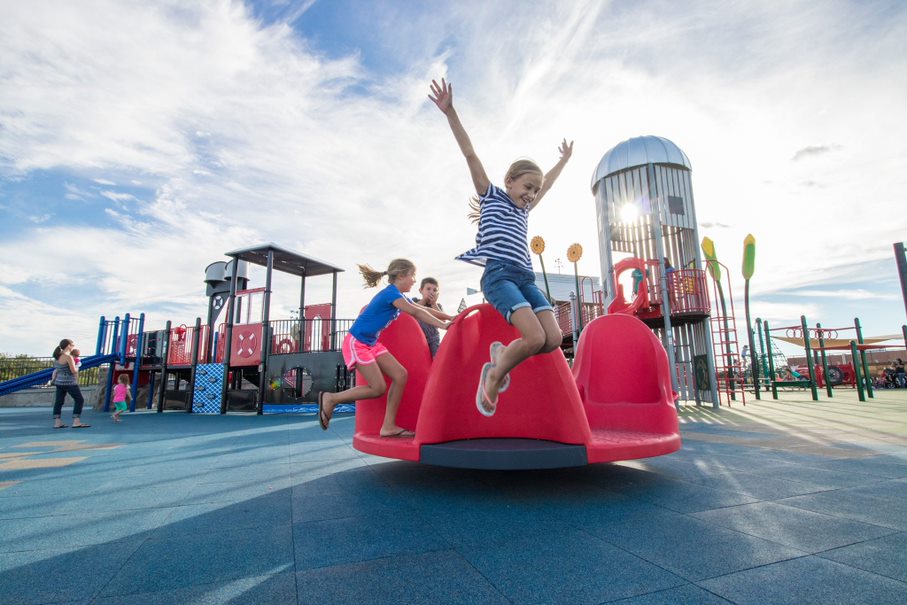All children deserve a recreational space to give free rein to their imagination. In this place, they can safely carry out physical activities without risk of injury and have fun equally, without any limitation or restriction. That is why all communities must implement a playground, where children can use the facilities regardless of their age, special needs, or the level of their abilities. These playgrounds encourage integration as a community and bring many benefits to the development of children; however, when implementing them, it is necessary to consider several aspects to make this space everyone’s favorite and that it meets the criteria of inclusivity. Next, we are going to mention some of these aspects:
Which provider to select
The first point is to properly select a provider that makes a playground that complies with all the elements and characteristics that guarantee its inclusivity. The supplier must consider the system’s aspects, dimensions, materials, and more. Comply with the community’s requirements and offer the best for the project, adjusting to the budget and providing the appropriate advice so that the recreation space is suitable for all children and other community members.
Accessibility
An inclusive playground must be accessible in routes, movements, and proposals. Therefore, floor covering materials such as rubber surfacing, for example, should be chosen to reduce the possibility of children being injured by falls and improve aesthetics. There should also be wide routes and walkways so wheelchair users can move quickly and parents with baby strollers and children have enough space to run and drive. Additionally, the transitions from one surface to another must be at the same level during construction time. People who need help moving or using special equipment do not have problems going freely in one area or game.
Stake
Inclusive playgrounds must guarantee the integration of children and allow everyone to enjoy it equally. They must involve children regardless of age or abilities and implement play equipment with different challenge levels. This equipment can be placed in groups in the same area, allowing children of other skills and abilities to play together doing the same activities. By providing a full range of playsets with various game types and difficulty levels, children can choose and decide which activities to do.
Multisensory elements
It is important to include elements that stimulate children’s sensory systems. For instance, in the case of hearing, helping to recognize and differentiate sound stimuli through musical instruments or telephones; touch, by activating neuronal receptors through equipment with textures or sand games; or visual by identifying and interpreting visual impulses through the use of panels of games of radiant colors, contrasting colors, or figures that can be associated. These play equipment help develop and strengthen children; to sharpen their senses and enhance their abilities.
What did you think of this topic? What do you think of the importance of inclusive playgrounds?
If you want to know more about this topic, contact us or write your question below (comments section).
